Charles City Watershed Management Plan to address improving water quality
By Kelly Terpstra, kterpstra@charlescitypress.com
Everyone benefits from clean water.
Reducing soil erosion and limiting the amount of pesticide runoff into streams and rivers are just some of the benefits gained from a watershed management plan that Charles City and the ISA (Iowa Soybean Association) have been working on for well over two years now.
The Charles City Watershed Management Plan was created in February 2018 to address ways to improve water quality at non-point sources and also implement flood reduction strategies.
“The benefit is being able to retain that water so it can flow slowly so it doesn’t just charge the river and create more flooding downstream,” said Charles City Administrator Steve Diers.
Charles City recently received $945,000 in grants to help mitigate water issues. Part of that money is through an Iowa Partners in Conservation Grant for $435,000 and is provided by the USDA (United States Department of Agriculture) and the NRCS (Natural Resources Conservation Service).
A city-sponsored project program with the ISA and administered under the Clean Water State Revolving Fund totals $500,000.
There was an additional $10,000 grant from Iowa Agriculture Water Alliance used for employee costs.
The $435,000 will be used to hire a full-time staff member who will be housed by the Floyd County Soil and Water Conservation District to help educate local farmers who make a living in the watershed.
This person will oversee agricultural practices implemented north of Charles City with such strategies as bioswales, buffer strips and cover crops. The person would be hired for a five-year period.
The position, which Diers said he would like to be staffed by November of this year, would connect with individual farmers and landowners. Cost-sharing opportunities and achieving Iowa Nutrient Reduction Strategy goals for nitrogen and phosphorus reduction on farm fields are several of the listed benefits to teaming up with the management plan.
“It’s inspiring to see these different groups coming together all around the same goals. It is an exciting project and Charles City is certainly leading the way,” said Karl Gesch, watershed coordinator/resource management specialist with the ISA.
The grants were made possible because of Charles City’s new $19 million WRRF (water resource recovery facility) that is planned to be built by May 2022. The WRRF will replace the current 54-year old wastewater treatment plant.
The construction of the WRRF will help eliminate nitrogen and phosphorus from processed water – two nutrients that the Iowa Department of Natural Resources required to be reduced under the city’s most recent permit issuance in 2014.
Diers said sponsored project funding can be granted to towns that are building new wastewater treatment plants or updating their facilities.
“They use a savings on the interest rate with a capital improvement project to fund water quality practices in the watershed,” said Gesch.
In previous years, cities or municipalities were awarded grants based on 10 percent of the cost of the new plant. Now that money awarded has been capped.
Eagle Grove and Des Moines are doing similar projects, according to Gesch.
The sponsored project money can go toward implementing best water management practices upstream on agriculture farm land or in urban areas included in the Charles City watershed.
“It’s a little bit of both — upstream, downstream, urban, rural. But it’s kind of getting at that holistic watershed management,” said Gesch. “It’s doing multiple things and multiple places, which is a really prudent approach.”
The Oliver Street stormwater project is an example of one such urban project within the Charles City limits.
The City Council recently approved that design study to begin this fall. The council is also waiting to vote on several other city stormwater projects that could possibly be funded through the watershed grant.
“We’re at a place now where we have areas of town where the storm sewer system is just inadequate. It doesn’t keep up to the amount of rain we get now,” said Diers. “That’s a lot of the problems we’re seeing is trying to address these choke points – what’s preventing water from flowing and getting away and becoming a nuisance.”
Whether it be urban or rural partnerships, any amount of effort to control how water flows can affect those downstream.
“That slows water down and ultimately benefits us, because it’s not water that we’re getting coming downstream,” said Diers.
The watershed is composed of 35,000 acres in Floyd County and includes the Cedar River along with three primary tributary streams – Stewart Creek, Wildwood Creek and Hyers Creek.
The Charles City Council voted unanimously in March 2017 to approve the 35,000-acre target area for an ISA project.
The watershed management plan has a 13-year phased implementation schedule that has been designed to allow for continuous improvements that can be periodically evaluated to determine if progress is being made toward achieving the stated goals by the year 2030.
The total investment necessary to accomplish the watershed plan goals is estimated to be $3.6 million.
“There are a lot of administrative kind of milestones that need to be met and timelines that need to be satisfied,” Gesch added. “It will also be important to align sites and landowners who are interested in these practices before the sponsored project money becomes available.”
This watershed plan builds upon the Upper Cedar Watershed Management Improvement Authority Watershed Management Plan, which was developed in 2015 and includes 1,685 square miles located in southeastern Minnesota and northeast Iowa.
Although the 13-year plan is long-term, towns like Charles City could be able to realize immediate benefits.
Another area that could reap rewards from the best management practices are folks who make a living in the seafood industry near the Gulf of Mexico and Bayou region of Louisiana.
High levels of nitrogen and phosphorus from Midwest farm runoff that spills into the Mississippi River and ultimately pours into the Gulf of Mexico has created a hypoxia area or “dead zone.” That pollution has affected seafood production in the ocean off the shores of those southern states.
Diers said Iowa is one of 12 states along the Mississippi River that has come up with individual plans with the Environmental Protection Agency’s Nutrient Reduction Strategy to help minimize that damage done to the seas and the marine life that live in the salt waters.
The lack of oxygen in the hypoxia zones and algae growing in the water have led to lower numbers of shrimp, crabs and fish harvested in the area by local fisherman.
“That’s what all this comes back to,” said Diers.

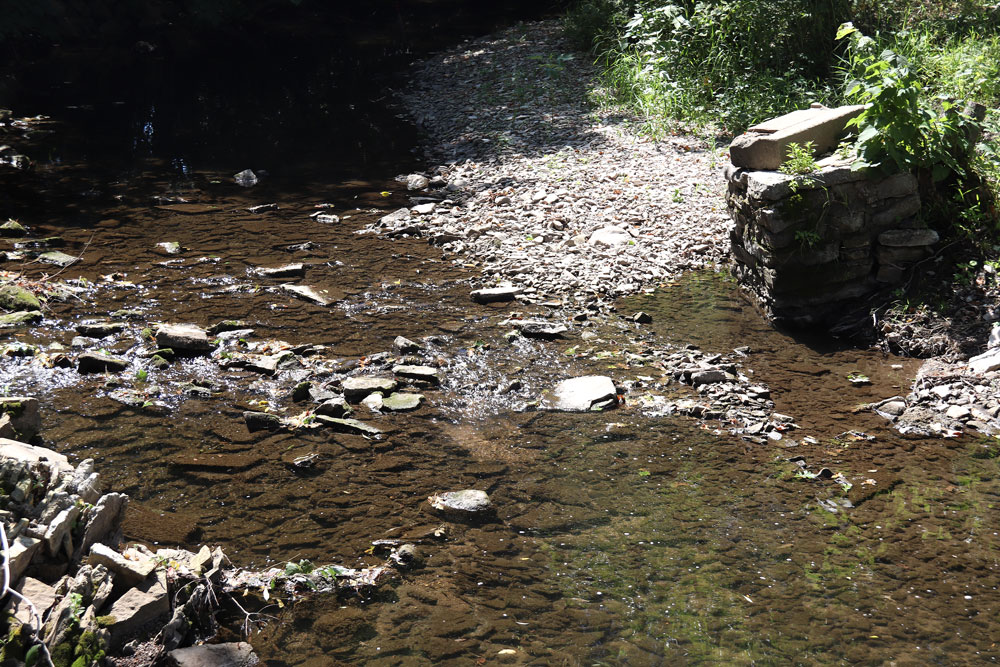
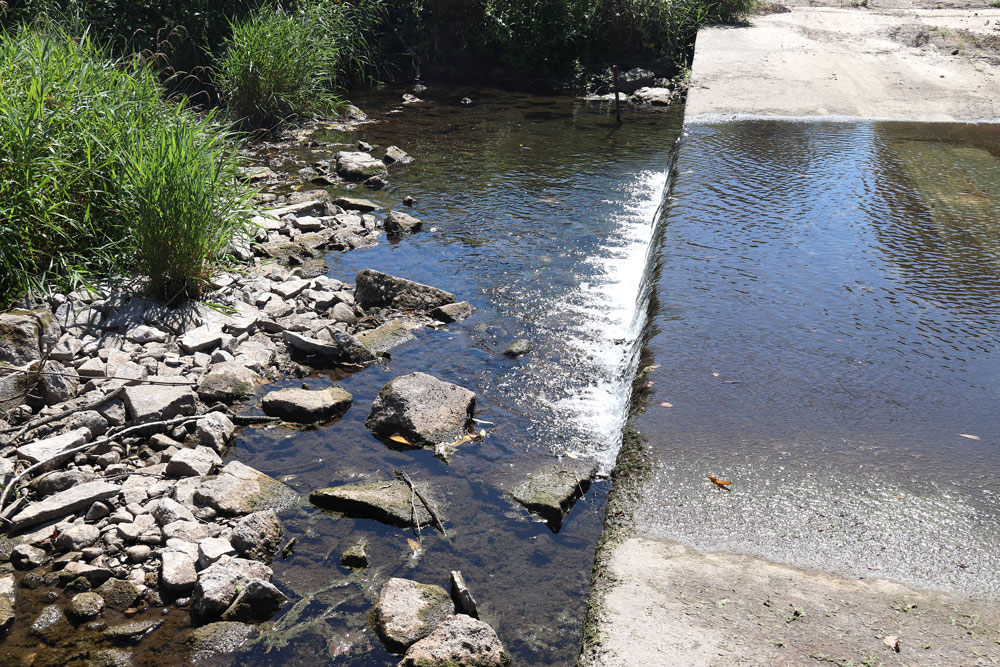
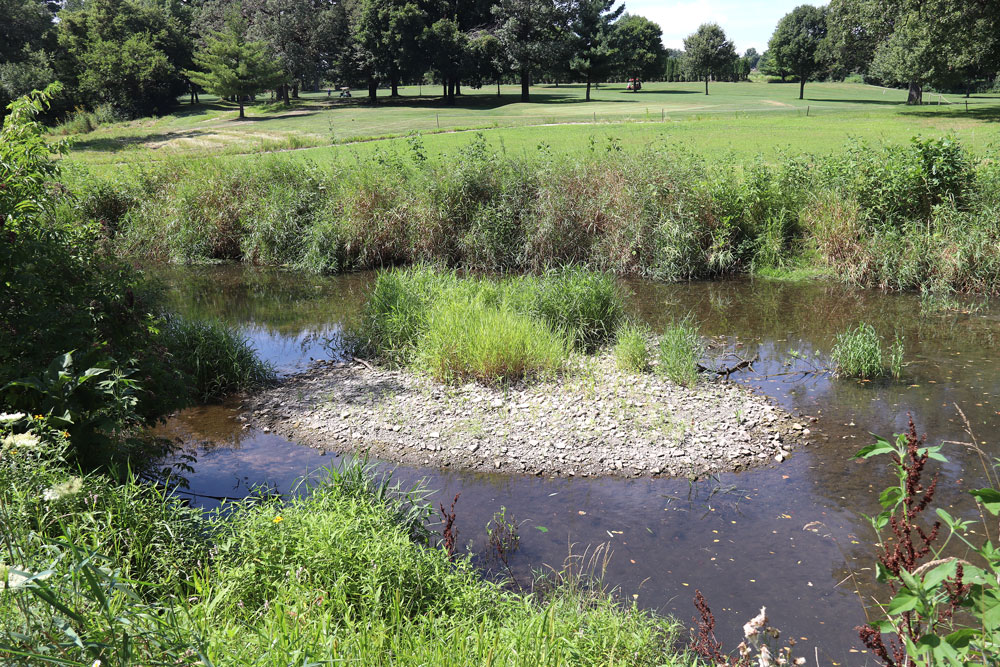
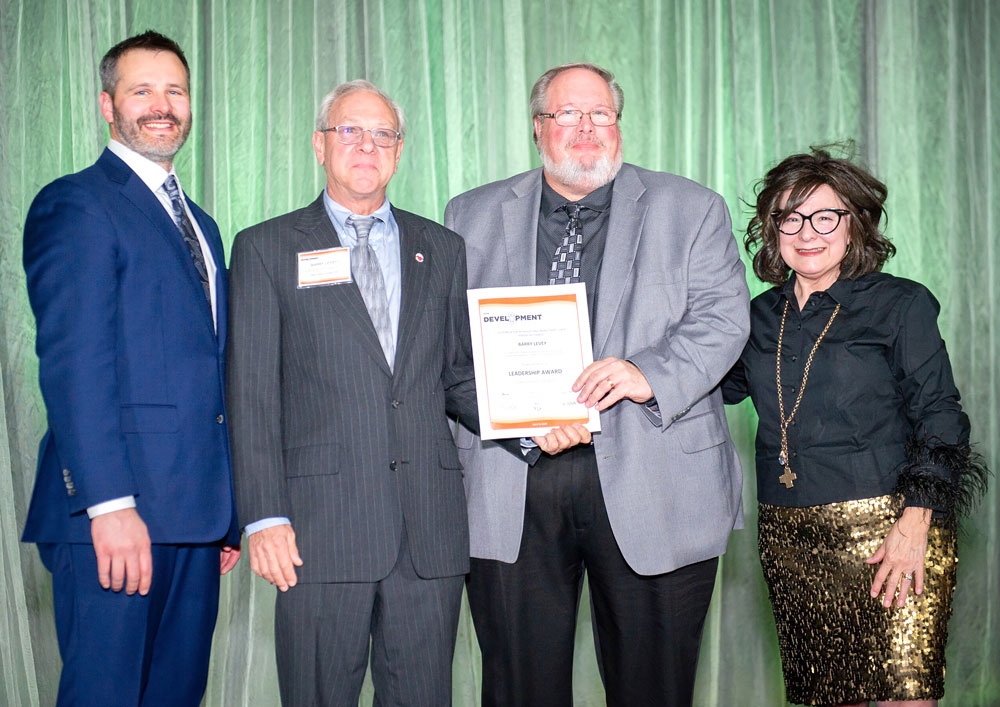


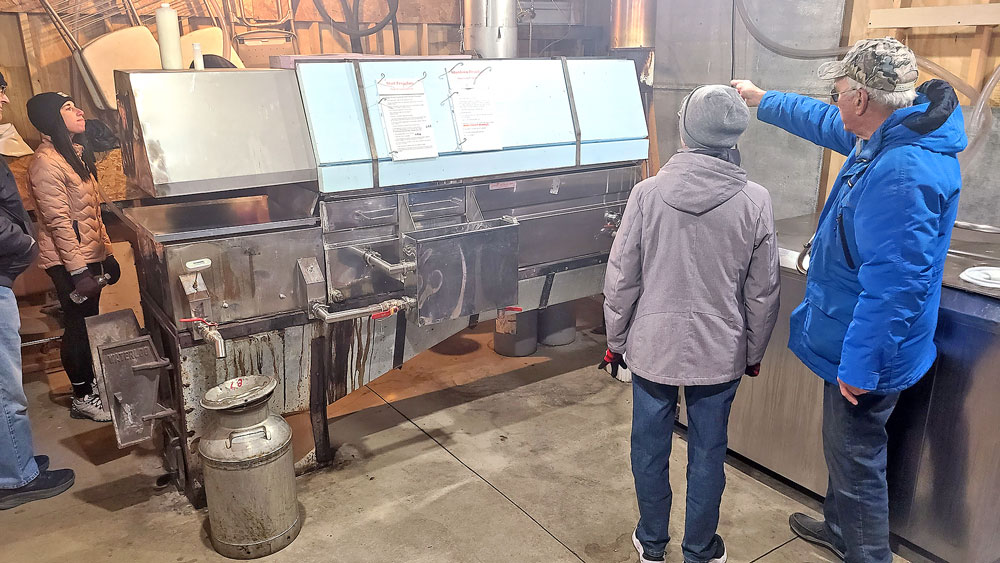




Social Share